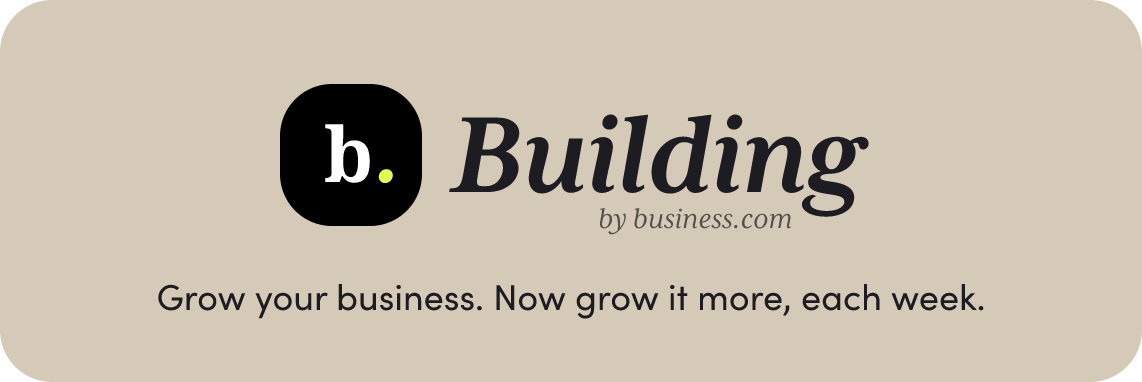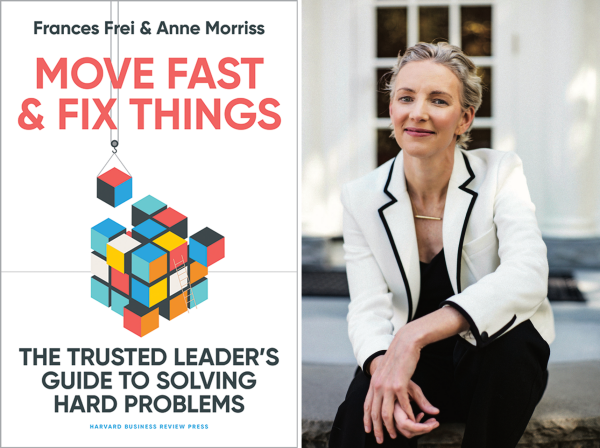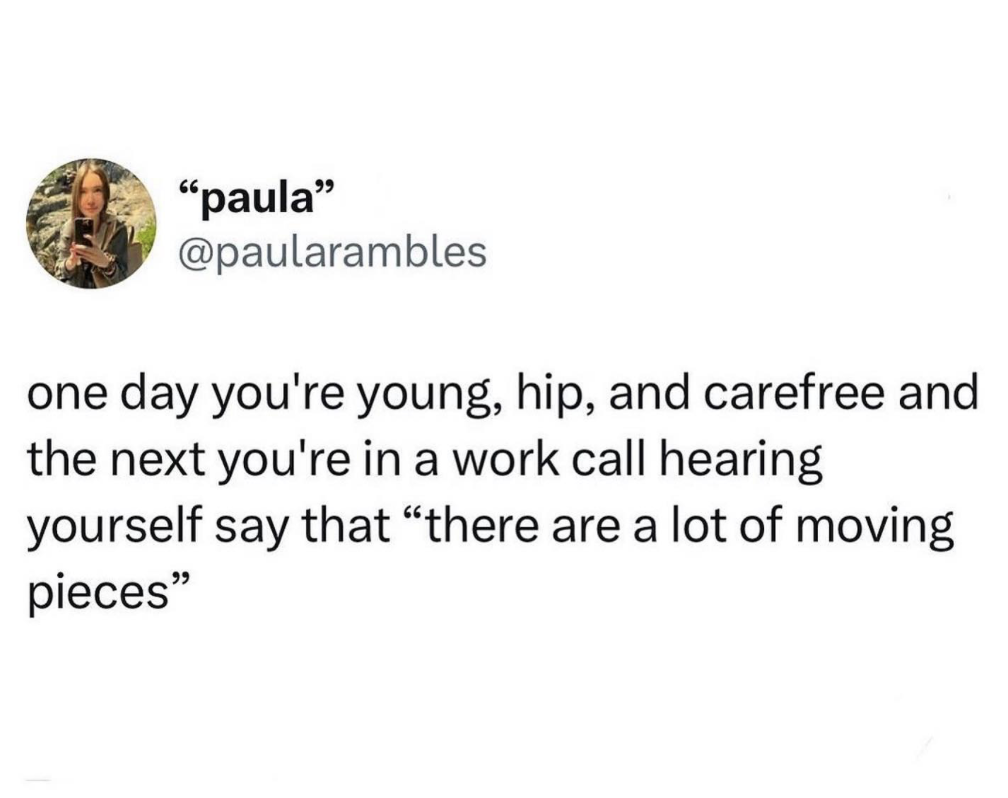Over the past couple decades, Silicon Valley popularized an ethos known as “move fast and break things.” Well, most Americans agree: Big Tech broke a whole lot of things. Recently, burnout and layoffs have hit tech workers themselves particularly hard.
In the new book Move Fast and Fix Things: The Trusted Leader’s Guide to Solving Hard Problems, Anne Morriss and Frances Frei — cohosts of TED’s Fixable podcast — offer a radical alternative. Morriss spoke with b. about how entrepreneurial speed can and should be constructive, not destructive.
b.: You write that empowering others is critical to moving fast. Can you explain the connection? Which companies are getting this right?
Morriss: Many barriers to speed come down to relatively simple organizational physics: If you build a culture where all decision matter has to flow through a single point, then speed is going to be a very direct tradeoff. Opening that aperture, even a little — for some of you, that means going from one to two key decision makers — can dramatically increase the tempo of your organization’s “battle rhythm.”
The fastest way to speed up your company is to empower more people to make more decisions. … One example is Ritz-Carlton’s policy of giving every employee the power to spend up to $2,000 per incident to solve a guest problem on their own, no cumbersome manager approvals needed …
One of our favorite stories of this policy in action is when a Ritz-Carlton employee “rescued” a Thomas the Tank Engine toy for a guest’s son. After the child lost the toy, an enterprising employee made a trip to the toy store to replace it and photographed Thomas in various spots in the hotel — prepping food in the kitchen, taking a refreshing morning swim — to explain his absence to Thomas’ distraught young owner.
This magical moment was made possible by an empowering, on-brand operating policy and a corresponding line item to fund it. And for anyone running the numbers, the story also generated incalculable value in earned media. Local media outlets covered the story as breaking news: Thomas found!
b.: Why do companies experience a “trust wobble” without the pillars of authenticity, empathy, and logic?
Morriss: In order to trust you as an organization, your stakeholders need to believe that you care about them (empathy), that you’re capable of meeting their needs (logic), and that you can be expected to do what you say you’ll do (authenticity). Organizations that lose trust — or fail to build as much trust as they could — tend to get shaky or wobble on one of these three dimensions.
One logic wobble we see among small businesses, in particular, is an aversion to making choices … from managing for consensus to trying to be great at everything you do. Although it may feel like you’re hedging your bets, catering to a constituent best described as “everyone” is often a much riskier path for the company. Your refusal to choose reduces the chance that your best ideas are getting the attention and resources they deserve — and increases the likelihood of exhausted mediocrity.
b.: Many tech firms spent 2023 laying off employees in droves. Could this have been handled better?
Morriss: Regret is rarely an emotion we see [from small business leaders], but when it does show up, it’s almost always regret at not moving fast enough to make tough personnel calls — and, in particular, to separate from people who are no longer right for the company. The ability to gracefully part ways with employees is among your most important tactical leadership skills …
But separation decisions — and their clumsy execution — often end up destroying more trust than they build. Research shows that layoffs can be a counterintuitive drag on key performance metrics by reducing the job satisfaction and retention of your remaining employees, including your best people.
The [tech] sector is still riding waves of layoffs after hiring prodigiously during the demand peaks of pandemic living. The market is rewarding many of the companies shedding workers with higher stock prices, but we find ourselves skeptical about the impact of some of these decisions. In our experience, the path to excellence is not littered with layoff announcements.
How do layoffs fit into your larger change strategy? How do they connect the company from its current challenges to its future success? These are the same questions you’ll be asked by your investors and your best employees, the ones you need to stick around to achieve that future.
Move Fast and Fix Things is available now.






.png)


